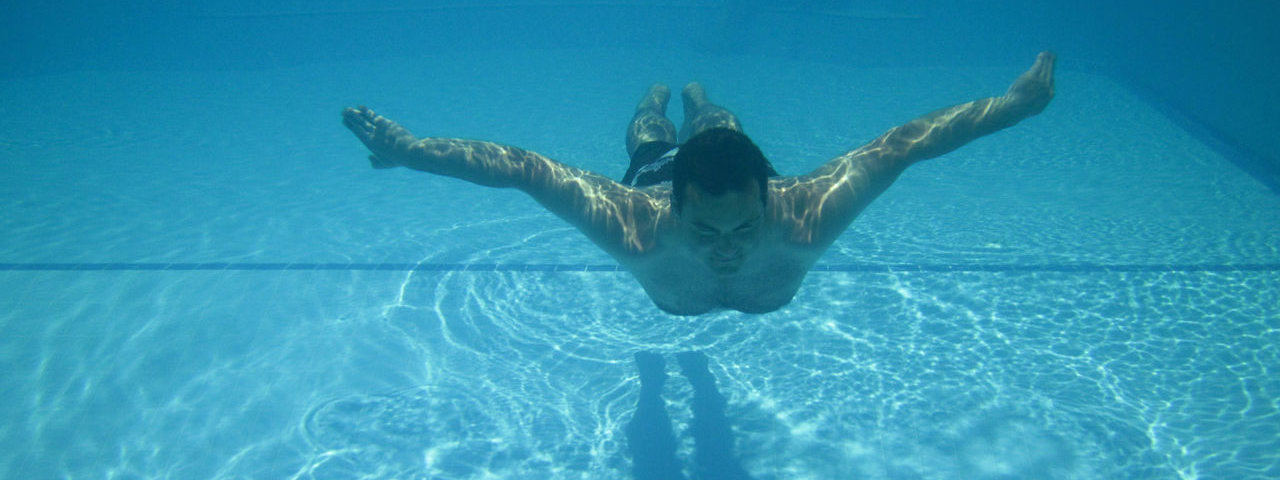Safe swimming water in times of coronavirus
Swimming pools are starting to open their doors again this week as part of the relaxation of the lockdown restrictions. The protocol adopted by the swimming pool sector to maintain safety and hygiene as best as possible was developed by TU Delft’s swimming pool water expert Maarten Keuten and researcher Jan Bakker of the AMC.
So far, conclusive proof that swimming pool water plays a part in spreading COVID-19 virus particles has not been found. Scientists believe, however, that water cannot be ruled out as a likely candidate. The new safety protocol Veilig Zwemmen (Swim safely) includes such close contact avoiding measures as the 1.5 metre social distancing rule but its main focus is on quick disinfection.
More chlorine
Should COVID-19 enter the water the virus must be made inactive as quickly as possible. One of Keuten’s recommendations is to increase the amount of chlorine in the water, almost doubling it. ‘Chlorine reacts with viruses and renders them harmless. Add more chlorine and the water will be disinfected quicker and more efficiently.’ The extra dose does not mean the amount of chlorine will exceed the legally prescribed maximum.
A chlorine free pool?
The advice to up the amount of chlorine may sound a little strange coming from someone whose PhD research explored the possibilities of a chlorine free swimming pool. The concept that Keuten developed at the time proposed a different way of disinfecting pool water. His method consisted of ultrafiltration to remove undissolved particles, ‘good’ bacteria to attack the dissolved particles, and UV filters instead of chlorine. So why the return to chlorine – and more of it? The answer is the need for speed. The coronavirus particles need to be destroyed as quickly as possible.
‘Other than would be the case with a disinfectant like hypochlorite – which disinfects every single water drop – UV disinfection means every drop of water has to pass through the filters. It takes around thirty minutes before all the water has been pumped through. That means disinfection can be done quicker in a pool with chlorinated water, especially if we increase the amount of chlorine. The virus will in this case be killed off in less than a minute. So for this particular coronavirus chlorinated pools are a safer option than chlorine free pools, because the virus can be destroyed that much more quickly.’
Additional water quality testing
Chlorine not only reacts with viruses and bacteria but also substances left by swimmers, such as skin cells, sweat, urine and cosmetics. This produces by products that might irritate or even harm eyes and skin. More chlorine could lead to a greater amount of these irritants. That is why the protocol prescribes intensive frequent testing so too high concentrations of the irritants can be tackled in time.
Interest from abroad
Meanwhile, Keuten has been busy organising an international discussion pooling (so to speak) the available knowledge about ridding pools of coronavirus. On May 14 he will be hosting a web meeting of CDC scientists and European swimming pool hygiene experts. New issues may emerge which could necessitate a revision of the protocol. Many countries have already shown an interest in the protocol which is currently being translated into English for their use.
The complete protocol for Dutch pools (in Dutch) can be found and downloaded here.
Learn more about the research Maarten Keuten and Marjolein Peters carried out into chlorine free pools in 2016 in Stories of Science.
